Join the council
Join the council
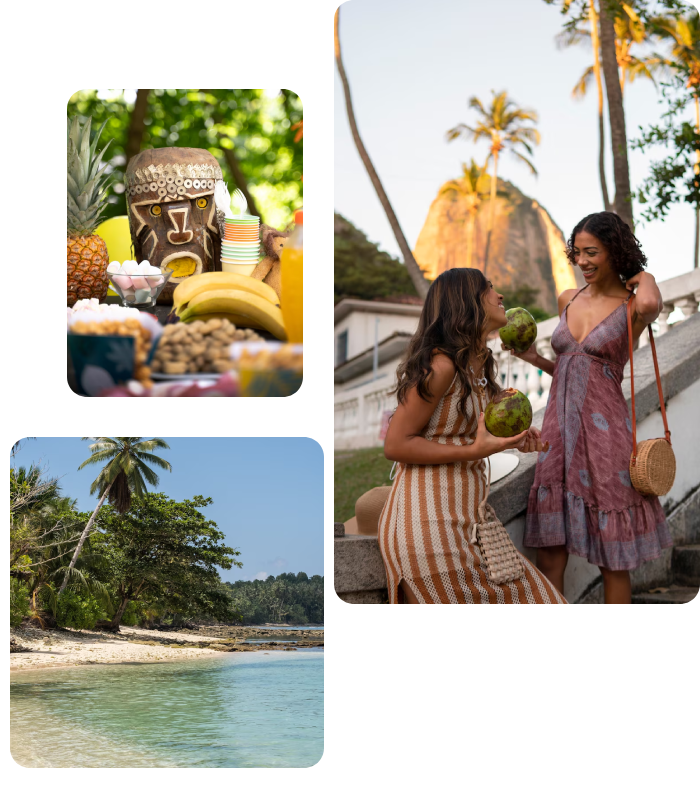
Welcome to a journey through the heart and soul of the Caribbean and South American Hispanic world! At the Caribbean South American Hispanic Council, we are dedicated to fostering understanding, appreciation, and unity among our diverse communities and with the wider world. This guide serves as an invitation to explore the multifaceted cultural tapestry woven from centuries of history, tradition, and innovation that defines our regions. From the rhythmic beats of salsa and reggae to the profound narratives in our literature, and the tantalizing flavors of our cuisine, the Hispanic Caribbean and South America offer a boundless wellspring of cultural richness. Join us as we delve into this vibrant heritage and discover ways to connect with, celebrate, and support these incredible communities.
When we speak of the “Caribbean and South American Hispanic” communities, we refer to a vast and varied expanse, encompassing numerous countries and islands, each with its unique identity.
It’s crucial to remember that within each nation, there’s further diversity – regional dialects, local traditions, and unique histories. This guide aims to celebrate both the common threads and the distinct patterns that make up our collective identity.
The Caribbean South American Hispanic Council was established to promote economic development and cultural exchange in the Caribbean and South America. Our vision is to create thriving communities through collaboration and innovation.
The Caribbean South American Hispanic Council was established to promote economic development and cultural exchange in the Caribbean and South America. Our vision is to create thriving communities through collaboration and innovation.
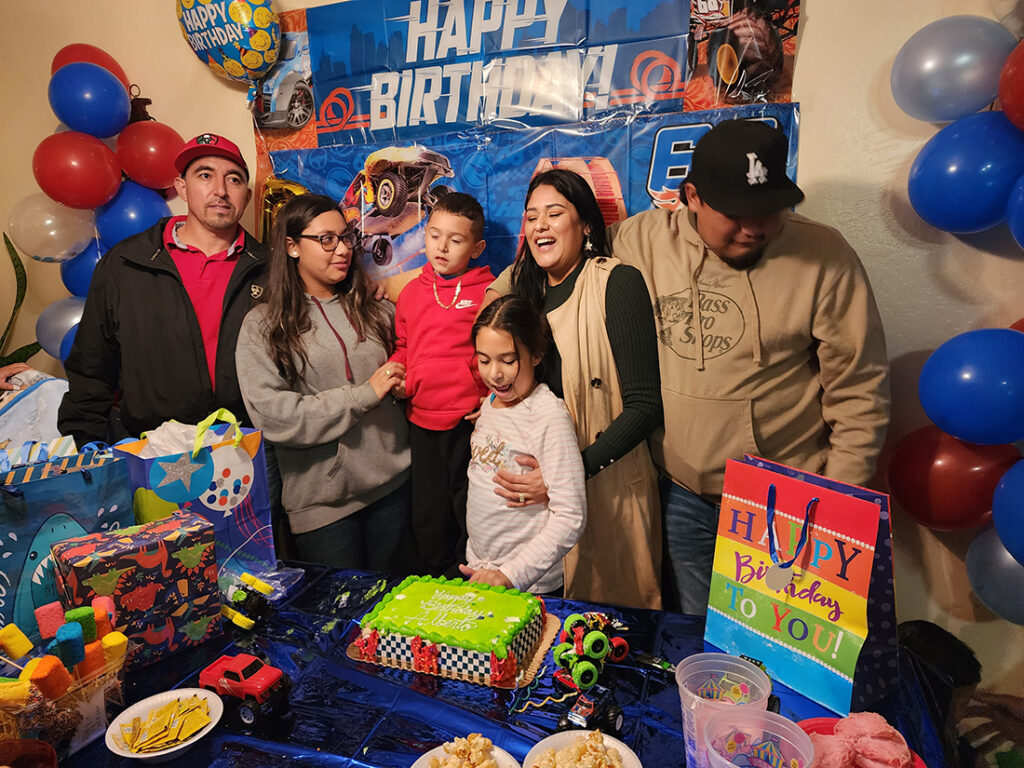
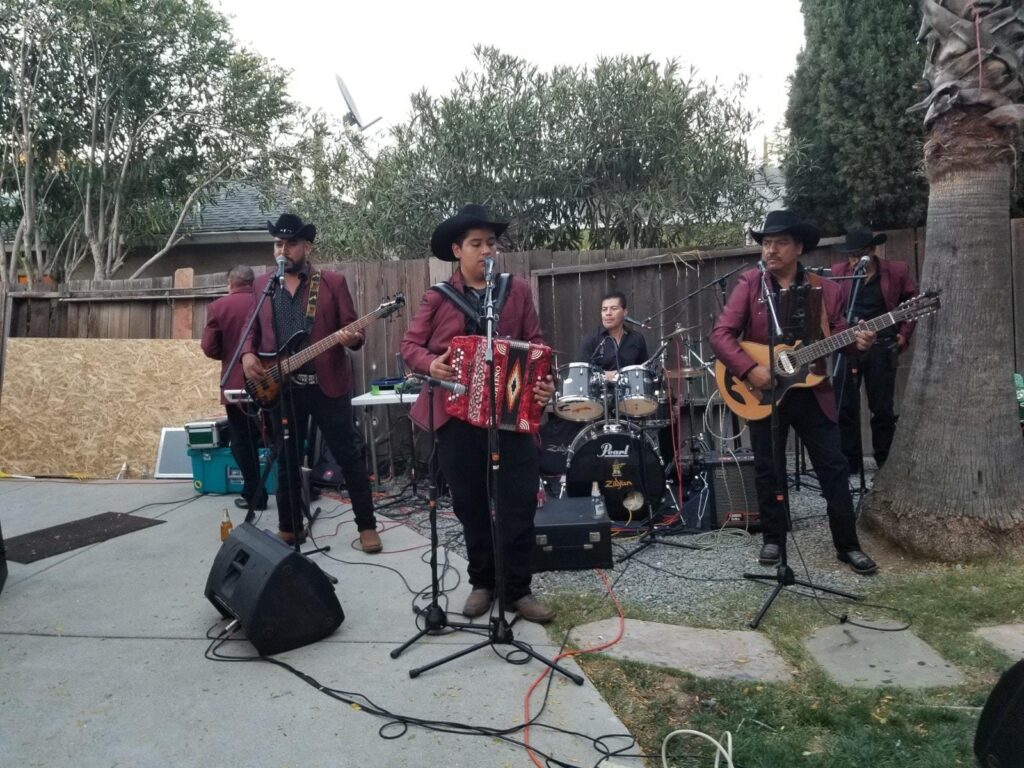
Our music is an undeniable global force. From the salsa rhythms born in Cuban and Puerto Rican communities in New York, to Colombian cumbia, Argentine tango, Dominican merengue and bachata, Venezuelan joropo, and Andean folk music – these sounds tell stories of joy, sorrow, resistance, and celebration. Dance is inextricably linked, a vibrant expression of community and identity.
The food of our regions is a delectable fusion of Indigenous ingredients (corn, potatoes, yucca, quinoa, beans, chilies), European staples, and African culinary traditions. Think of arepas (Venezuela, Colombia), ceviche (Peru, Ecuador), empanadas (across many countries), mofongo (Puerto Rico), ropa vieja (Cuba), or a hearty sancocho (various countries). Each dish tells a story of migration, adaptation, and local bounty.
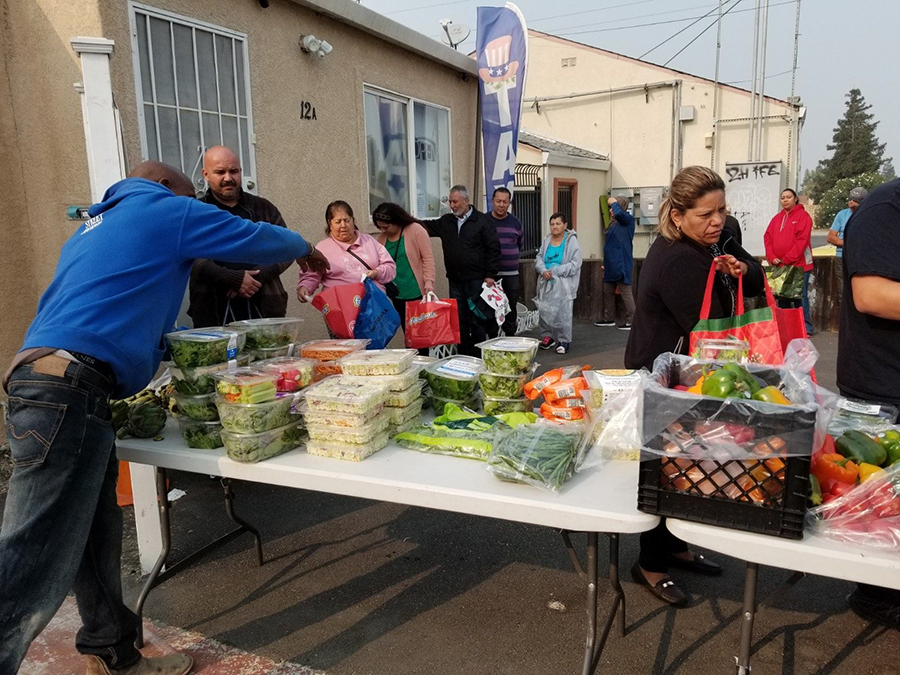
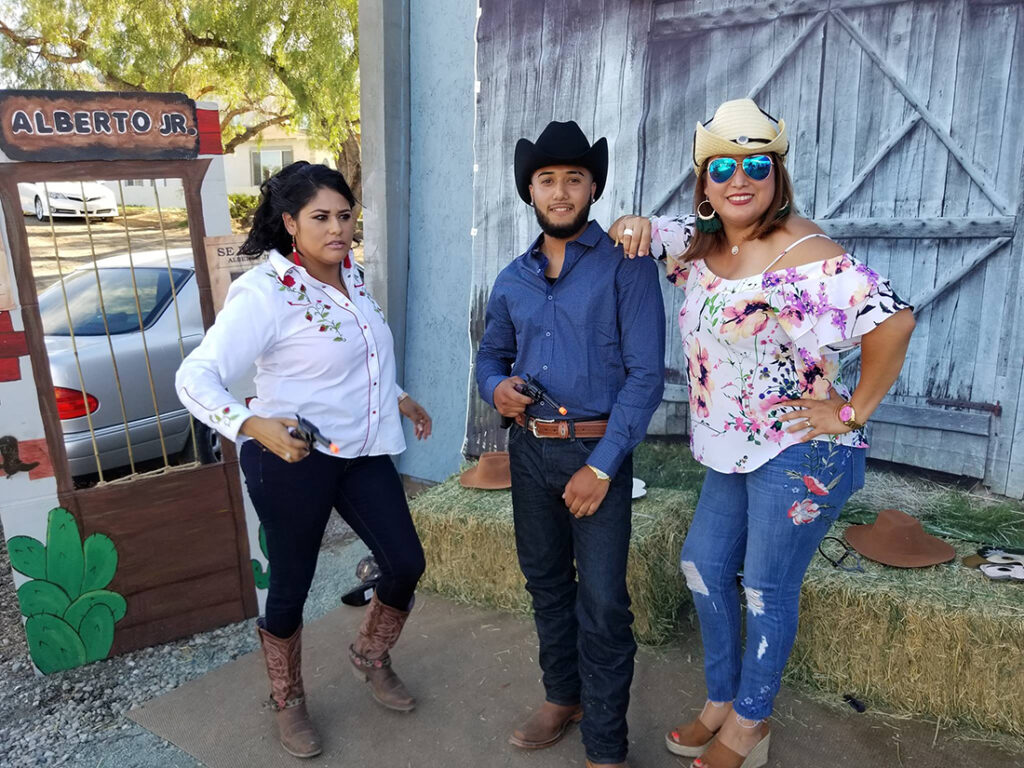
Festivals are the lifeblood of our communities, often blending religious observances with pre-Columbian and African rituals. Carnival (celebrated vibrantly in places like Barranquilla, Colombia, and Oruro, Bolivia, and across the Caribbean), Inti Raymi (Peru), Day of the Dead (with unique expressions in various countries), and numerous patron saint festivals showcase colorful parades, traditional costumes, music, dance, and communal feasting.
From the intricate textiles of the Andes and the vibrant paintings of Caribbean artists to the detailed wood carvings and pottery found throughout the regions, our arts and crafts are a testament to incredible skill and deep cultural meaning. Murals and street art also play a significant role in social commentary and community expression.
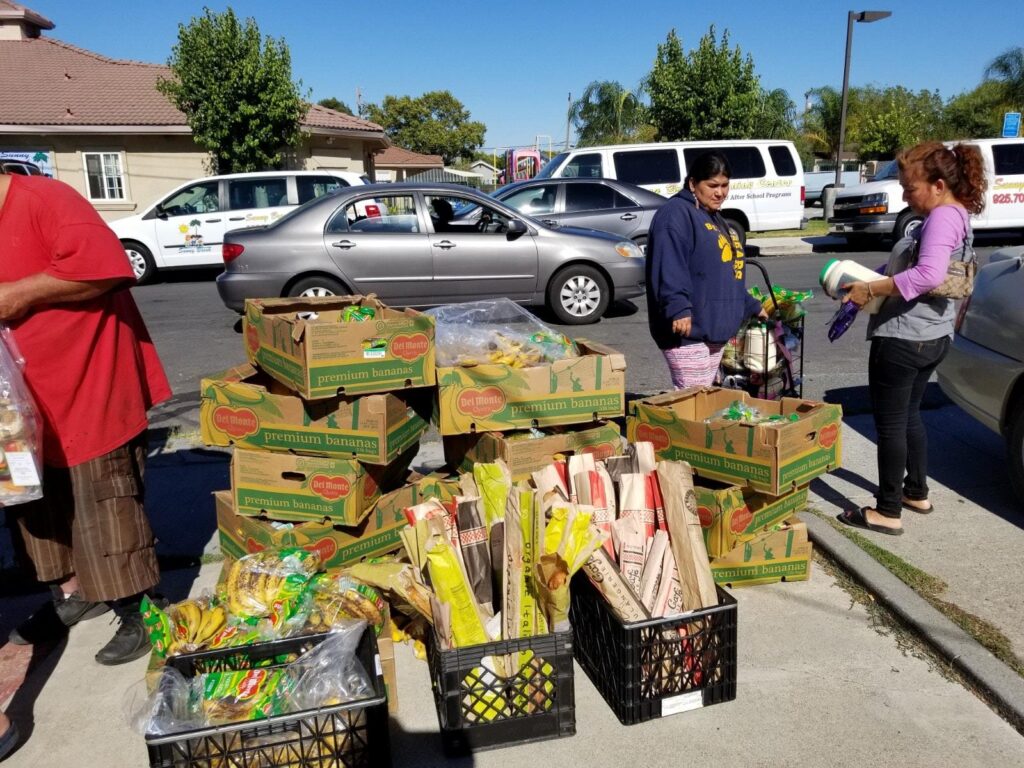
Our communities have faced and continue to navigate significant challenges, including social and economic disparities, political instability in some areas, and the ongoing fight for Indigenous and Afro-descendant rights and recognition. Yet, resilience, creativity, and a profound sense of community are hallmarks of our people. Understanding these realities is as important as celebrating the vibrant cultural expressions.
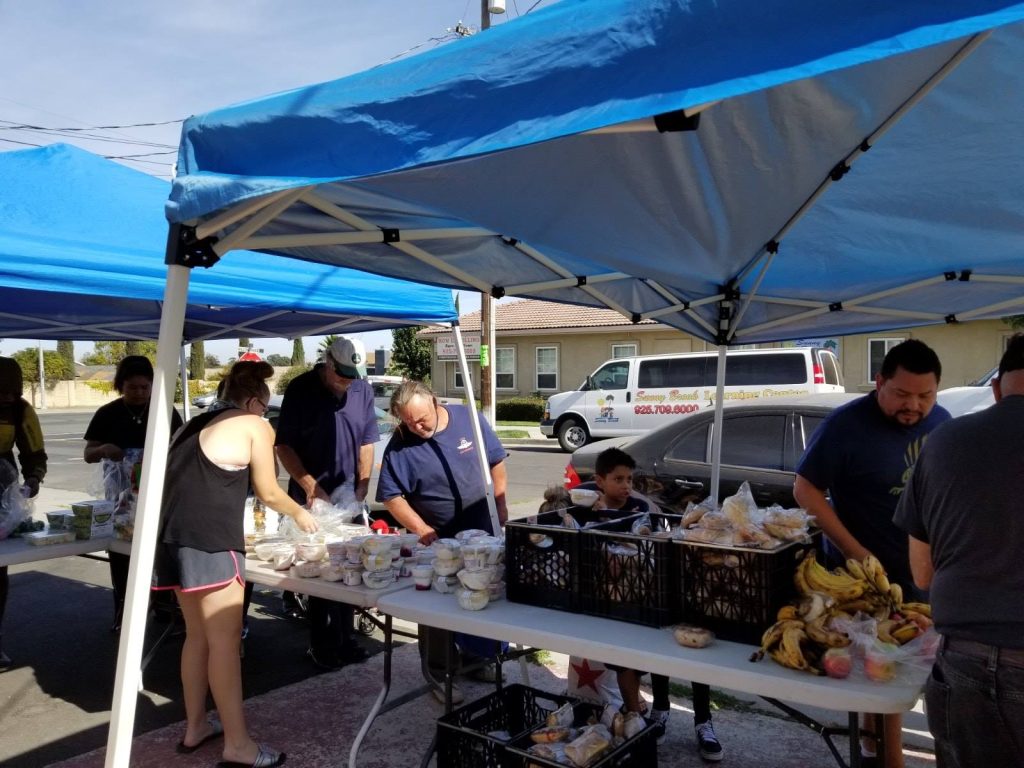
The Caribbean South American Hispanic Council encourages you to move beyond passive observation to active engagement and support:
Conclusion: Our Shared Future
The cultural heritage of the Caribbean and South American Hispanic communities is a dynamic, evolving legacy – a gift to its people and to the world. It is a source of identity, pride, and inspiration. By seeking to understand, appreciate, and respectfully engage with these cultures, we not only enrich our own lives but also contribute to a more interconnected and empathetic global community.
The Caribbean South American Hispanic Council is proud to be a bridge in this endeavor. We invite you to continue exploring, learning, and celebrating with us.

